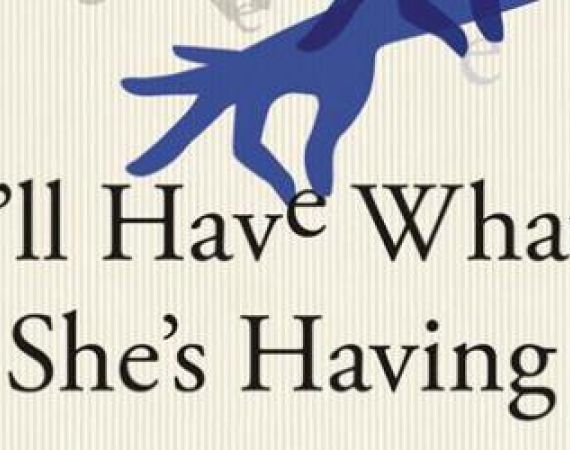Posted on Fri 27 Sep 2013
Lunchtime Talk: Alex Bentley - 'I’ll Have What She’s Having'
On Friday 20 September, Behavioural Scientist, Professor Alex Bentley came to the Studio to talk about his recent research into collective decision making. He and his colleagues have been developing a map of decision-making patterns that helps us to plot out and understand social behavior in an era…

On Friday 20 September, Behavioural Scientist, Professor Alex Bentley came to the Studio to talk about his recent research into collective decision making. He and his colleagues have been developing a map of decision-making patterns that helps us to plot out and understand social behavior in an era in which the way we connect with each other is rapidly changing.
Alex began the talk by clarifying that we are all hardwired to copy others. We are not merely informed by animal urges or impulses, as the ‘hunter gatherer’ model of social science can suggest. In our lives, success is often determined by who, when, and how well we copy. The huge bottomless pit of information amassed by social networking sites has altered research of social behaviour inexorably. There are many misconceptions that the huge data sets retrieved from these sites are all that is needed to understand modern social behavior. Alex gave an example that much of the research into data received from these data sets can be unnecessary: for example, in a recent analysis of millions of tweets, it was discovered that the word ‘pub’ was tweeted more at the weekend than on weekdays. When we laughed at this, Alex called us ‘human tweet-o-meters’ and said that we all already know that people mention the word ‘pub’ more at the weekend. In our own way we are all experts in observation of human behavior. We have been making these observations every day for our entire lives, and a powerful brain designed through millions of years of evolution helps to process these observations. Alex concluded from this that in order for it to be at all useful, data collected from these data sets needs to be carefully considered.
Alex and his colleagues believe that data used in social behavior research needs to be properly organized in order to be understood correctly. This is why they have developed a map segmenting different types of decision making into four categories. The North – South axis of the map marks well informed – poorly informed, and the West – East axis marks Individual – Social. On the Individual half of the map, NorthWest would signify a well informed, rational decision made privately, and SouthWest would signify an impulsive, poorly informed decision made privately. In the Social half of the map, NorthEast would signify a well-informed decision to follow expert advice, and SouthEast would signify a ‘herdlike’ drift; to copy the masses.
Each quadrant of the map features a signature behavioural pattern, providing an empirical overview of how modern collective behavior might be changing in the digital age. The map will lead to many new testable hypotheses, such as: Are we becoming more individual due to the huge amount of choice we now have at our fingertips? Or: Are we becoming more herd-like, due to the sheer number of people we can now copy? Research like this helps identify poorly informed social learning in diffuse networks. Alex and his colleagues are very interested in this segment (SouthEast) of decision making. He commented that ‘We as humans can become the minority in our own media’. To illustrate this point, he told us about a tumblr page that he and his colleagues set up, controlled by ‘Tippy’, a young girl who was actually an algorithm, designed to re-blog other people’s posts. Despite not being human and not having anything original to say, people still began to ‘follow’ Tippy.
Alex explained that although this map has facilitated a new understanding of human behavior and herd mentality, no map can completely make sense of our decision making patterns, as we are not adapted for the rapidly changing information age.
To read more about Alex and his research, please visit his page on the Bristol University website. Order a copy of the book, I’ll Have What She’s Having, written by Alex Bentley and his colleagues here.